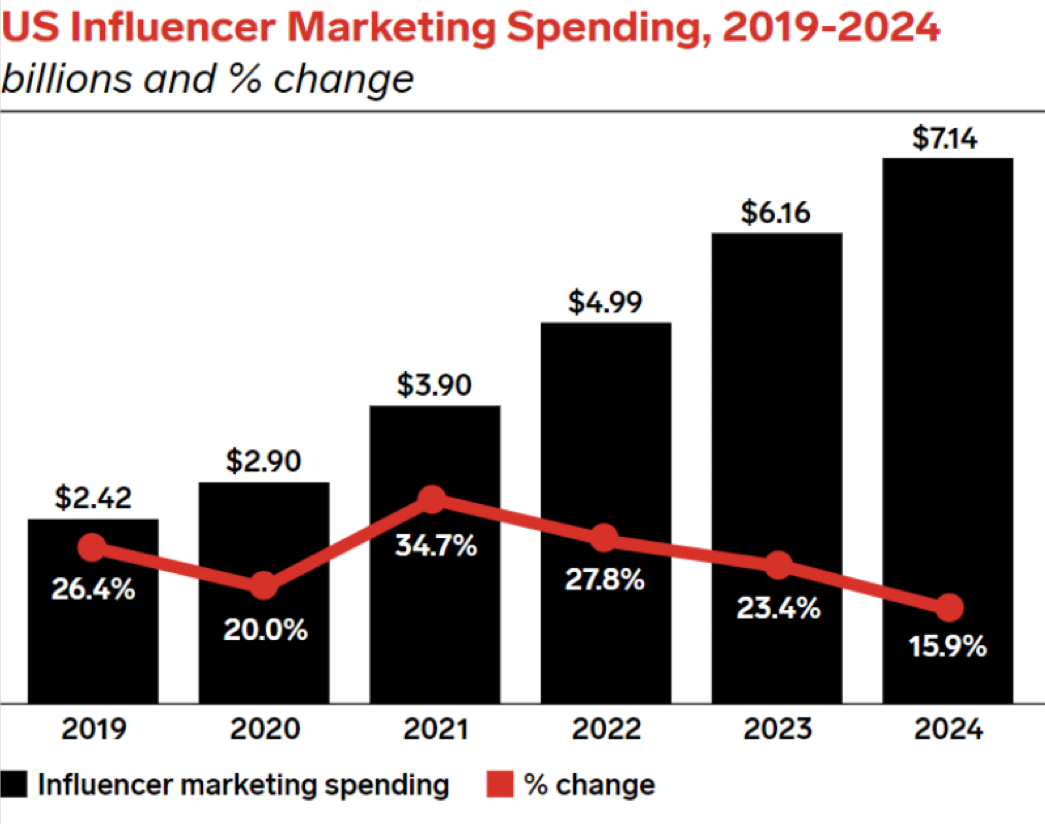This article is based on Nicholas Spiro’s talk at the Product Marketing Summit in Chicago. As a PMA member, you can enjoy the complete recording here. For more exclusive content, head over to your membership dashboard.
Today, we’re going to explore product marketing in the social media era, focusing on three key areas:
- The latest social media trends,
- The latest product marketing trends, and
- What you can learn from these trends to take your product marketing to the next level.
But first, let me introduce myself. I’m Nicholas Spiro, and I've been doing product marketing for years at companies like Facebook, Snap Inc., and Twitter.
Of course, you might not even recognize Facebook's name these days, and Twitter has rebranded too. As of today, Snapchat hasn't changed its name, but keep an eye on that space!
Social media trends
Now, why should we look at social media companies to inform our strategies?
Well, first, social media is at the forefront of innovation. A ton of investment, engineering hours, and new ideas go into these companies, so it's a great domain to study for the future.
Second, there's the wisdom of crowds. Social media amplifies diverse voices on a massive scale. The collective insights from billions of users may reveal truths that no single product marketer or academic could uncover alone.
These are the main trends we'll cover today, though there are plenty more out there:
- The rise of influencers
- The attention economy
- Suspense tactics
- Streaks
- The shift from long-form to short-form content
It’s worth mentioning that these trends are interconnected. Changes in attention span are driving the movement from long form to short form content. Suspense and streaks are techniques that allow brands to cut through the noise and grab consumers’ ever-dwindling attention. The rise of influencers and creators impacts consumer trends as well as business strategies like product marketing.
We can learn a lot by examining these unfolding trends.
The rise of influencers
The data reflects what many of us have experienced firsthand. Influencer marketing has exploded recently, growing 15-35% year-over-year and is estimated to be a $7 billion market by the end of 2024. More and more influencers are emerging, finding their niches, and setting social media trends.

Influencers who traditionally put out long-form content on YouTube are now transitioning to short-form like Instagram Reels, TikTok, and YouTube Shorts. As part of this transition, high-production-value content is giving way to more realistic, everyday moments.
Let's look at one example from Twitch. In it, the video game creator Kai Cenat promotes a free giveaway.
Perhaps you recognize this post. If so, you may remember what happened next – mayhem broke out in Manhattan’s Union Square. It’s a prime example of creators' growing power on social media platforms translating into the real world.
The attention economy
Social media faces plenty of criticism, and we can't ignore these issues as they impact the business and product marketing landscape. Here are some of the major areas for concern:
- Privacy and data rights
- Dopamine loops and addiction
- Fact-checking and disinformation
- Algorithmic feeds and polarization
- Mental health, teens, and self-image
Let’s dive a little deeper into the one around addiction and dopamine loops. Users are increasingly overwhelmed by choice but also less able to focus on any one thing at a time.
Research shows our attention spans have markedly decreased – by two-thirds since 2004 according to one study. This matters for consumer platforms, businesses, and, of course, product marketing as we try to capture our audiences' fragmented attention.
Another case in point: you know those weekly screen time reports on your phone? The app that gives you those also tracks your pickups – how many times you unlock your phone throughout the day. For the average American user, it's a staggering 344 phone pickups per day – one every four minutes. These changes in consumer attention span and focus have huge implications for our work in product marketing.
Suspense
As content proliferates and creators have to work ever harder to grab consumers’ attention, we’re seeing the rise of new and interesting suspense mechanisms as a way for influencers to drive engagement and build their followings.
Building suspense can be as simple as a countdown timer. Look at the example below from Roblox and PlayStation, counting down to a YouTube livestream. Using just audio and a timer, they tease when they'll go live. The lack of content makes users lean in, keeping attention laser-focused. It’s simple, elegant, and effective.


 Follow us on LinkedIn
Follow us on LinkedIn
